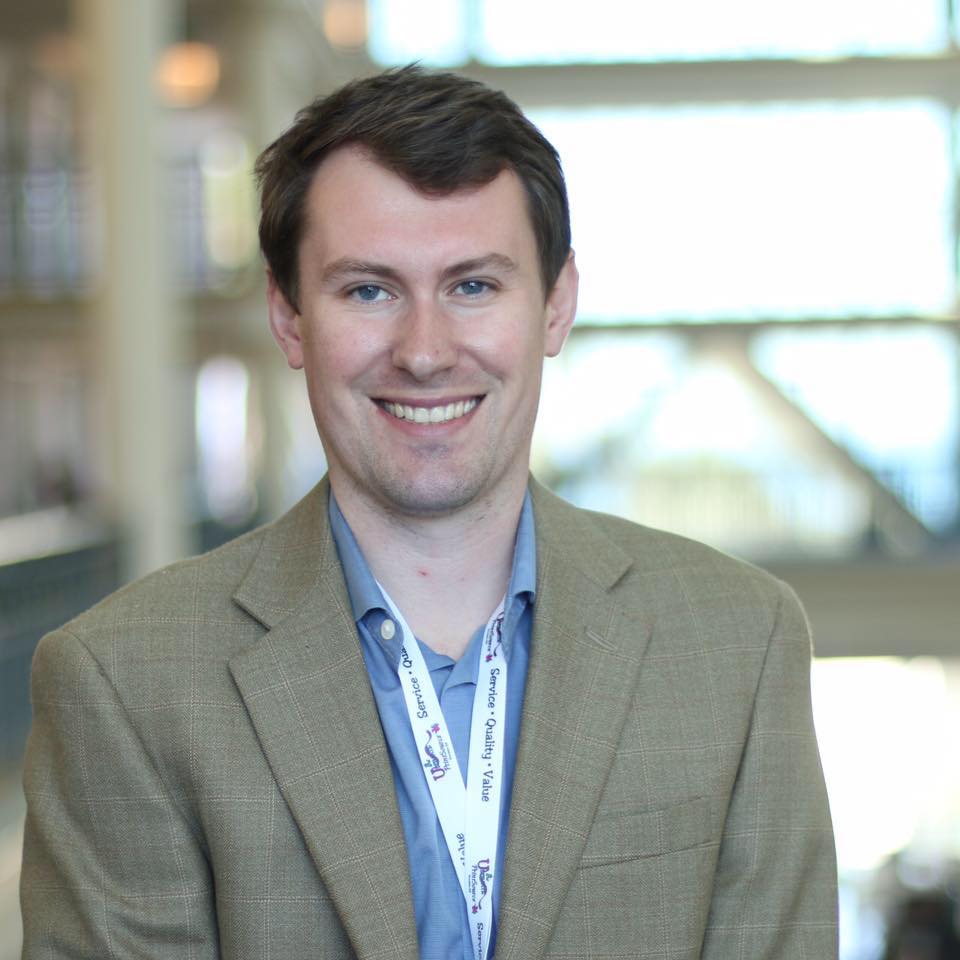By Eric Heinz
Tepeyac Community Health Center is looking to triple the number of patients it can serve each year and expand its services in a new facility expected to open in January, located in the Viña Apartments in Elyria-Swansea.
Jim Garcia, the CEO of Tepeyac Community Health Center, told The G.E.S. Gazette that they are planning a Jan. 9 soft opening. The health center’s current location is at 5075 Lincoln St. Garcia said at that facility, they’re able to see about 4,200 individual or “unduplicated” patients, and in the first year in the Viña Apartments location, they anticipate they will be able to double that number. As the facility continues to grow, they may be able to triple it.
“We realized probably several years ago that we were reaching capacity in our current facility, and we’re having to turn patients away,” Garcia said. “And then COVID hit and that kind of changed the whole dynamic. We were doing a lot more virtual visits through telehealth, and so it’s taken time to kind of rebuild our patient population.”
Garcia said telemedicine is still offered by Tepeyac for both medical or behavioral health, but most patients have started to visit in person again. Garcia added that Tepeyac has “definitely completely exceeded our capacity in our current location.”
The new facility is a little more than 24,000 square feet, whereas the Lincoln facility is about 6,000 square feet. Garcia said as soon as staff members have been moved over to the new facility, they’re going to renovate the old facility.

Health Center will be located. Photo by Eric Heinz
“We haven’t decided what the function of that space will be quite yet,” he said.
The new building will be equipped with two “medical pods,” Garcia said, with 20 exam rooms and two procedure rooms. Across from the medical area is a dental suite with six chairs.
In the behavioral health ward, there are nine separate rooms for individual counseling, couples counseling, family counseling, and group counseling. The newest feature of the Tepeyac facility is a fairly large pharmacy, which they couldn’t provide at the old building.
“We have a $13 million campaign for this facility and we’re just under $10 million,” Garcia said. “We still have a bit over $3 million to raise to complete our campaign for this building. It’s by far the biggest capital project that we’ve ever been part of.”
Garcia said Tepeyac has already hired new physicians and health care providers for the facility.
“As we grow into this space, we’ll be hiring more, more providers, more clinical support staff, some primarily medical assistants, some nursing staff,” Garcia said. “We’ve tried to staff up to the point where we can meet the needs of the capacity.”
The Viña Apartments is an income-restricted housing facility with 150 units, half of which are reserved for people making 80% of the area median income, which is $62,000 for one person for 2022, and the other half are reserved for people making between 30% and 50%, or $24,650 and $41,050, respectively.

The Viña Apartments are also expecting to see a grocery store open soon in a space that will supply food provided by the East Denver Food Hub, which has been hosting local farmers markets at the apartment complex on the weekends.
Tepeyac Community Health Center was started primarily as a clinic to see people who had no health insurance or not enough coverage.
“We are also very focused on identifying people that have Medicaid or private insurance,” Garcia said. “Our clinic is really set up to see everyone. Our mission originally was focused on the uninsured population. But our goal is to make sure that we can meet the needs of the entire community.”
Tepeyac is a family practice clinic, which includes basic screenings, child visits, and cases that are handled at many basic primary care clinics. They do not provide urgent care services, although Garcia said there are many instances where patients come to them with urgent needs.
“We’ve always been focused on prevention … wanting to make sure our patients are well-educated about their health and about their chronic disease,” Garcia said. “We have a very high diabetic population, and so we do a lot of diabetes education, nutrition counseling. But I think (our mission is to) just be an access point for people that have historically not been able to access basic health services.”



Be the first to comment